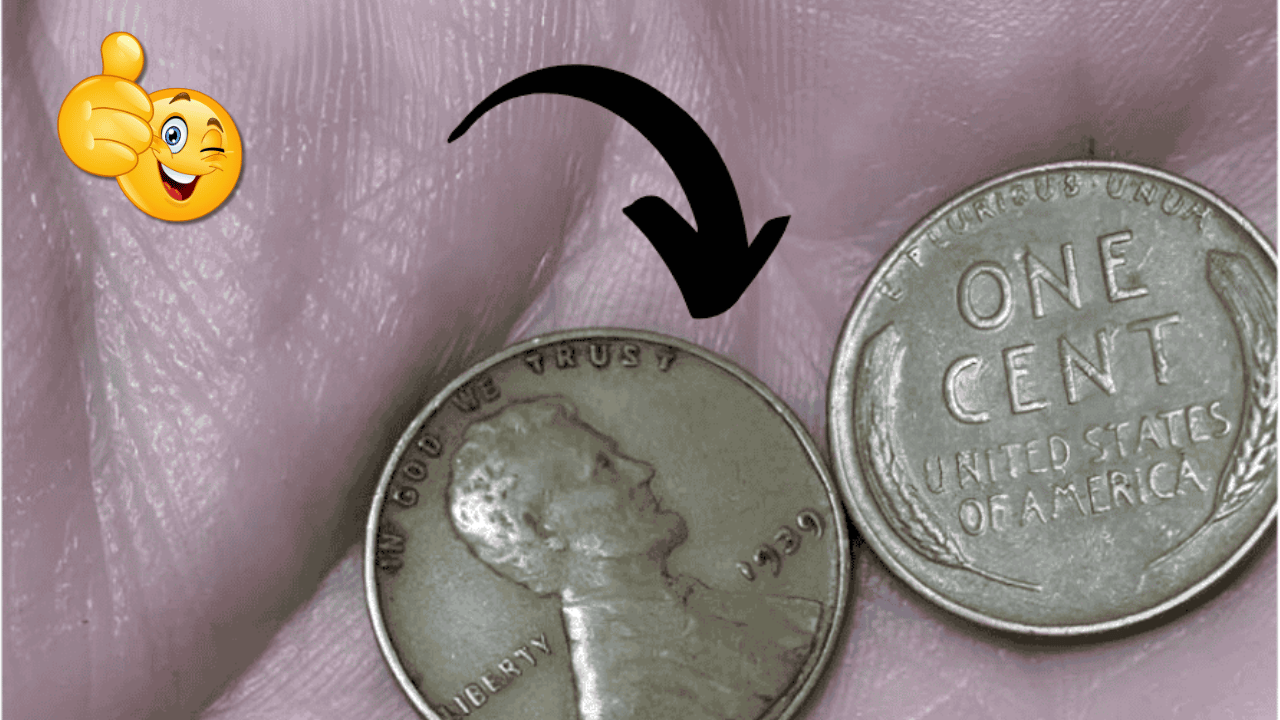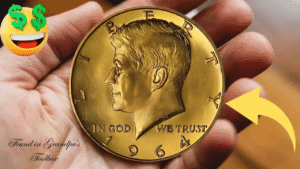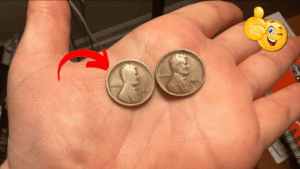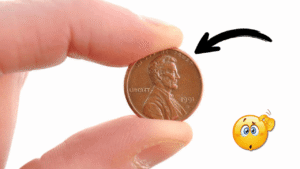Most people wouldn’t think twice about a penny in their pocket. But what if that little coin could be worth thousands—or even millions? That’s the case with the Lincoln Wheat Penny, a once-common cent that’s making waves in the coin collecting world. In fact, one recently surfaced with an astounding valuation of $9.99 million. Even more shocking? Some of these coins are still floating around in everyday circulation.
What Is the Lincoln Wheat Penny?
Minted from 1909 to 1958, the Lincoln Wheat Penny features Abraham Lincoln on the obverse (front) and two wheat stalks on the reverse. These pennies were crafted primarily from copper, except during World War II when copper was reserved for the war effort. In 1943, the U.S. Mint used steel to produce pennies—except for a very limited number accidentally struck in copper.
These rare variations, especially those with minting errors or produced in low quantities, have become some of the most coveted coins in American numismatic history.
Rare Lincoln Wheat Pennies Worth Big Money
Certain Lincoln Wheat Pennies are particularly valuable due to unique characteristics like limited mintage or mint errors. Below are some of the most sought-after examples:
| Year | Mint Mark | Key Feature | Estimated Value |
|---|---|---|---|
| 1909 | S VDB | First year of issue, initials on back | Up to $2,000+ |
| 1914 | D | Low mintage | $300 – $3,000+ |
| 1922 | No D | Rare die issue | $500 – $12,000 |
| 1943 | Copper | Wrong metal—extremely rare | $100,000 – $1,700,000+ |
| 1955 | Doubled Die | Misprinted date and lettering | $1,000 – $25,000 |
Why Some Rare Pennies Are Still in Circulation
You might be wondering how a $9.99 million penny could still be found in a coin jar or pocket. The answer is simple: most people don’t know what they’re holding. Many of these coins were unknowingly spent decades ago, mixed into bank rolls or coin collections that were eventually recirculated.
Coins can sit in homes, basements, or attics for generations before being rediscovered. And because they were used as everyday currency, it’s not unusual for them to still appear in circulation.
How to Check If You Have a Valuable Penny
If you’re curious whether your Wheat Penny is a rare one, follow these simple steps:
- Check the Date: Look for years between 1909 and 1958.
- Look for Mint Marks: The small letters under the date (D for Denver, S for San Francisco) can affect value.
- Identify Errors: Search for doubled letters or dates, missing mint marks, or odd coloring.
- Test the Metal: A 1943 penny that doesn’t stick to a magnet could be copper—and extremely valuable.
- Consult an Expert: Use professional grading services like PCGS or NGC, or visit a local coin dealer.
Where to Sell Rare Coins
If you believe you have a rare Lincoln Wheat Penny or any other collectible coin, there are several ways to authenticate and sell it:
- Local Dealers: Visit reputable coin dealers near you.
- Online Marketplaces: eBay, Heritage Auctions, and GreatCollections are common options.
- Coin Shows: Attend a coin expo where buyers and experts gather.
- Professional Grading Services: A graded coin is more trustworthy and can command a higher price.
Useful resource: Coin Dealer Directory – American Numismatic Association
Cleaning Coins Without Losing Value
Be cautious—cleaning coins can reduce their value. However, if needed, follow these guidelines:
- Use distilled water only.
- Avoid harsh chemicals or abrasives.
- Gently pat dry; don’t rub.
- For copper, a mild soap can be used—rinse thoroughly.
- Consult a professional before cleaning any rare coin.
The Lincoln Wheat Penny is a small but powerful piece of American history. With some versions worth a fortune, it’s a reminder to never underestimate the change in your pocket. Whether you’re a new collector or simply curious, take a closer look at your pennies—you might just be holding a million-dollar treasure.
FAQs
What makes a Lincoln Wheat Penny valuable?
Rarity, minting errors, and historical context—like the 1943 copper version—are key value drivers.
How can I tell if my 1943 penny is copper or steel?
Use a magnet. Steel will stick; copper won’t.
Where should I go to get a coin appraised?
Visit a local dealer or use services like PCGS or NGC for professional grading.
Are coin values going up over time?
In general, yes—especially rare and well-preserved coins.
Is it worth starting a coin collection today?
Absolutely. Many valuable coins are still found in circulation or sold under market value.



